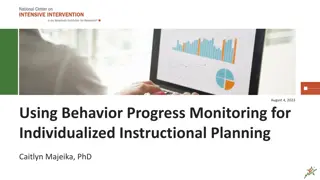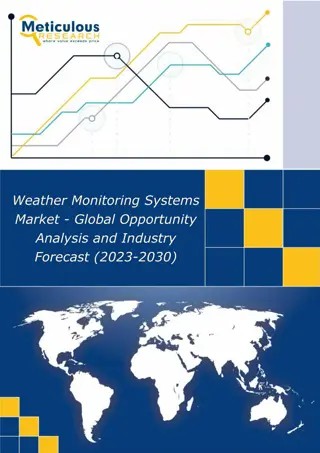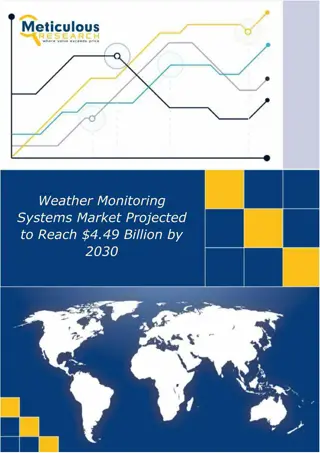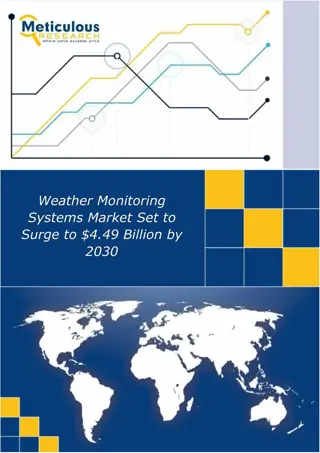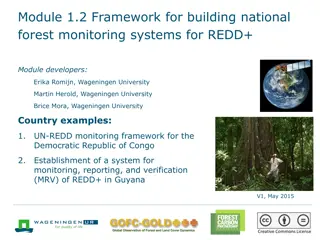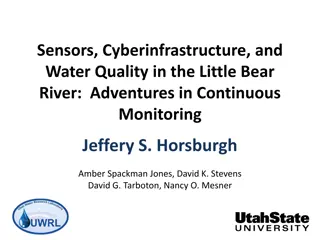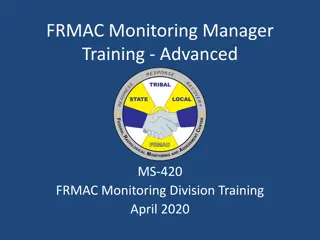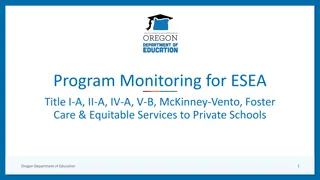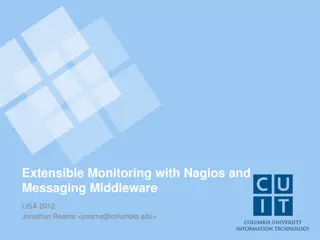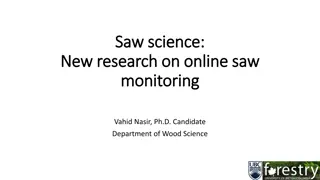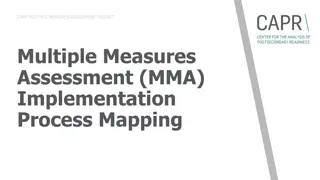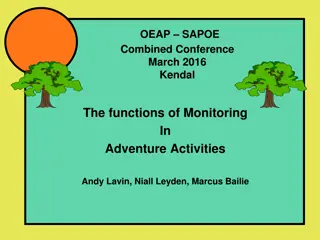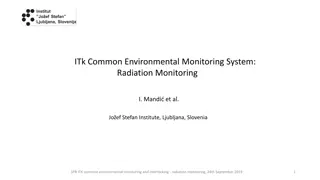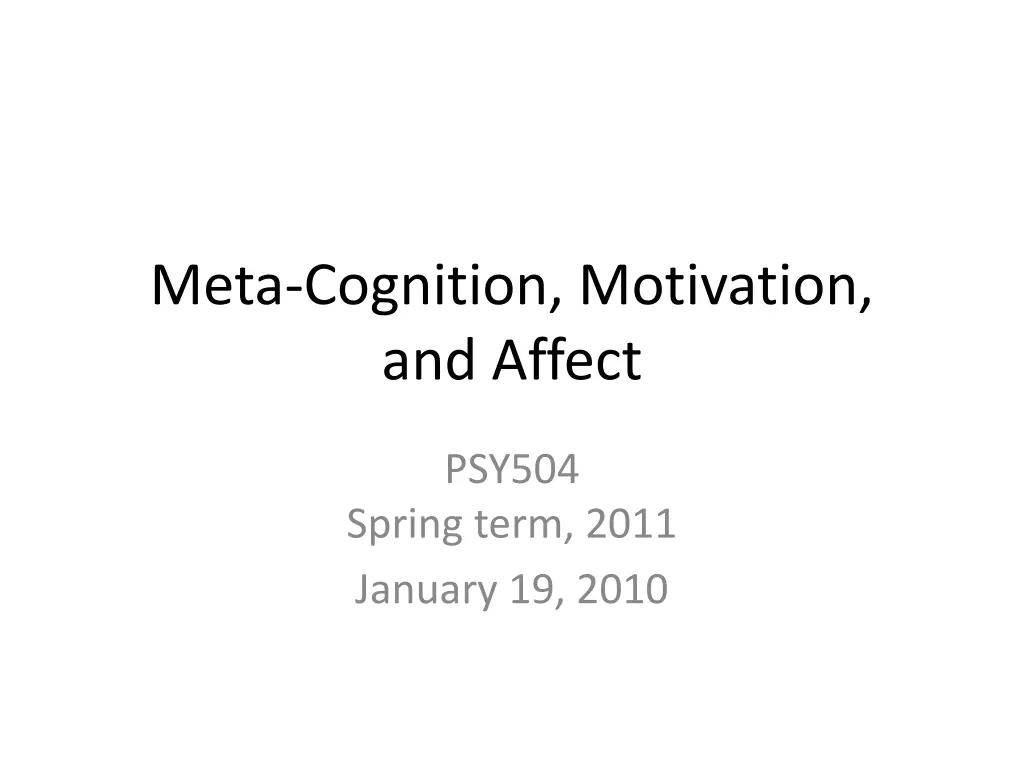
Understanding Comprehension Monitoring Strategies
Learn about comprehension monitoring, an essential executive function for reading, that involves awareness of ongoing comprehension processes and strategies such as identifying problems, making hypotheses, and re-reading to enhance understanding. Explore classic definitions, the distinction between knowing about comprehending and knowing how to comprehend, and the association of comprehension monitoring with better performance in comprehension tasks.
Download Presentation

Please find below an Image/Link to download the presentation.
The content on the website is provided AS IS for your information and personal use only. It may not be sold, licensed, or shared on other websites without obtaining consent from the author. If you encounter any issues during the download, it is possible that the publisher has removed the file from their server.
You are allowed to download the files provided on this website for personal or commercial use, subject to the condition that they are used lawfully. All files are the property of their respective owners.
The content on the website is provided AS IS for your information and personal use only. It may not be sold, licensed, or shared on other websites without obtaining consent from the author.
E N D
Presentation Transcript
Meta-Cognition, Motivation, and Affect PSY504 Spring term, 2011 January 19, 2010
A couple of classic definitions COMPREHENSION MONITORING is an executive function, essential for competent reading, which directs the reader's cognitive processes as he/she strives to make sense of incoming textual information. Wagoner, 1983 Comprehension monitoring is awareness of ongoing comprehension processes, including detection of impediments to successful comprehension. Miller, 1985 Self-monitoring is the procedure by which individuals record the occurrences of their own target behaviors. Nelson & Hayes, 1981
Note Two of these definitions focus on comprehension monitoring A sub-category of monitoring that has received especially intense attention
Comprehension Monitoring Repeatedly found to be associated with better performance at comprehension (see assigned article for review, or Dole et al., 1991 for mildly more recent review)
Within comprehension monitoring Wagoner makes a distinction between knowing about comprehending and knowing how to comprehend
Wagoner, Baker (1975) Knowing about comprehending Conscious process, recognition that the reader has failed to comprehend, triggered by some sort of meta-cognitive experience Knowing how to comprehend Meta-cognitive strategies used to achieve comprehension once the failure to comprehend is recognized
What are the strategies used in comprehension monitoring? Looking for problems/inconsistencies (Miller, 1985) Compared to what is known to be true Within the internal logic Try to use the new knowledge to perform some task, and see if it is possible Trying to identify difficult text (Palinscar & Brown, 1984) Re-reading when something is not entirely clear, including re-reading previous related materials and comparing different materials Making hypotheses about missing information Such as trying to fill in missing words This what? (Dewitz et al., 1987) Any others?
What distinguishes Students who are successful at comprehension from students who are unsuccessful, in terms of comprehension monitoring?
What distinguishes Focus on low-level meaning (words) versus on comprehending overall meaning Failure in connecting new knowledge to existing knowledge Failure to focus on the most relevant and important new information
Comprehension Monitoring, Other Monitoring What aspects of comprehension monitoring are specific to comprehension? What aspects generalize to other forms of monitoring?
Self-monitoring of performance Students assess, evaluate, and record their academic performance... (Reid & Harris, 1993) Can occur entirely mentally, but often studied in situations where it occurs visibly
In explicit form Students were taught to count up and graph the number of correct spelling practices after each session Reid & Harris (1989)
In explicit form Students set goals, determine if their performance on the desired academic task is moving along lines consistent with attaining these goals, use a rubric to score their performance against an established criterion, and evaluate whether their approach to the problem is successful in helping them solve other problems not explicitly targeted (Shapiro & Cole, 1999)
Self-monitoring of performance In this visible form, associated with better learning and also with less off-task behavior, in multiple domains (Maag et al., 1993; Reid & Harris, 1993; Harris et al., 1994, 2005)
Well come back to this When we look further at meta-cognitive scaffolding
Measurement of Monitoring Looking for recognition of flaws/inconsistencies monitoring behaviors in experimental tasks Think-aloud protocols in lab Structured interviews on processes Analyzing physical artifacts of self-monitoring processes
Benefits? Drawbacks? Looking for recognition of flaws/inconsistencies monitoring behaviors in experimental tasks Think-aloud protocols in lab Structured interviews on processes Analyzing physical artifacts of self-monitoring processes
Meta-cognitive Experiences Feeling of Knowing (FOK) Judgment of Learning (JOL) Also referred to as Metamemory Experiences Metamemory is the study of what people know and understand about their own memory and memorial processes (Benjamin et al., 1998)
Feeling of Knowing (Hart, 1965) When you feel that you know something You may or may not actually know it You may or may not actually be able to retrieve it, even if you do know it
Feeling of Knowing What is produced through a solution of hydrogen fluoride in water?
Feeling of Knowing Oh, man, it s on the tip of my tongue.
Feeling of Knowing Spit it out quick! That s Hydrofluoric Acid!
Feeling of Knowing FOK!
Tip-of-the-Tongue phenomenon (Wenzl, 1932; Woodworth, 1934)
Feeling of Knowing Correlates well to actual free recall, scaffolded recall, and recognition (when shown) of the information (Review given in Koriat, 1993)
Feeling of Knowing Thought to be a special case of the retrieval process; even if retrieval fails, enough related knowledge is activated to lead the subject to feel he or she knows the material Termed the accessibility account for FOK (Koriat, 1993)
Measurement of FOK Self-report Typically survey YES/NO (Hart, 1965) or K/DK (Maril et al., 2003) 1-5 0-100 (Koriat, 1993) Usually computer-administered (for instance in Maril et al., 2003, the subject only needs to press a single key)
Thoughts on this type of measurement? Any other plausible measurements?
Judgment of Learning (JOL) Judgment of the extent to which a person has learned information (Kimball & Metcalfe, 2003)
Timing (Nelson & Dunlosky, 1991) Judgment of Learning Given immediately after learning task Delayed Judgment of Learning (DJOL) Given later (15 paired-associate learning tasks later in Nelson & Dunlosky, 1991)
Timing (Nelson & Dunlosky, 1991) DJOL is significantly more accurate than JOL With JOL, subjects are often certain about probabilities I certainly will remember this I certainly will not remember this With DJOL, subjects are much more accurate at assessing uncertainty There s a 60% chance I will remember this
Debate Nelson & Dunlosky (1991) thought that this was due to more accurate processing when working memory no longer available Kimball & Metcalfe (2003) argue that it is due to memory spacing
Measurement of JOL Self-report Typically survey Very likely Very unlikely (Arbuckle & Cuddy, 1969) 0%... 20%... 100% (Nelson & Dunlosky, 1991)
Survey Item (Nelson & Dunlosky, 1991) HOW CONFIDENT ARE YOU THAT IN ABOUT TEN MINUTES FROM NOW YOU WILL BE ABLE TO RECALL THE SECOND WORD OF THE ITEM WHEN PROMPTED WITH THE FIRST (0 = definitely won't recall, 20 = 20% sure, 40 . . .,60 . . . 80 . . ., and 100 ,. . . (definitely will recall)?
Thoughts on this type of measurement? Any other plausible measurements?
How could Feeling of Knowing and Judgment of Learning be used in scaffolding learning? We ll come back to this in the Metacognitive Scaffolding class
Next Class Tuesday, January 25 11am-12:10pm Self-Explanation Chi, M.T.H., De Leeuw, N., Chiu, M-H., Lavancher, C. (1994) Eliciting Self- Explanations Improves Understanding. Cognitive Science , 18, 439-477. Conati, C., VanLehn, K. (2000) Toward Computer-Based Support of Meta-Cognitive Skills: a Computational Framework to Coach Self- Explanation. International Journal of Artificial Intelligence and Education, 11, 398-415. Hausmann, R.G.M., Nokes, T.J., VanLehn, K., Gershman, S. (2009) The Design of Self-Explanation Prompts: The Fit Hypothesis. Proceedings of the Cognitive Science Society Conference

